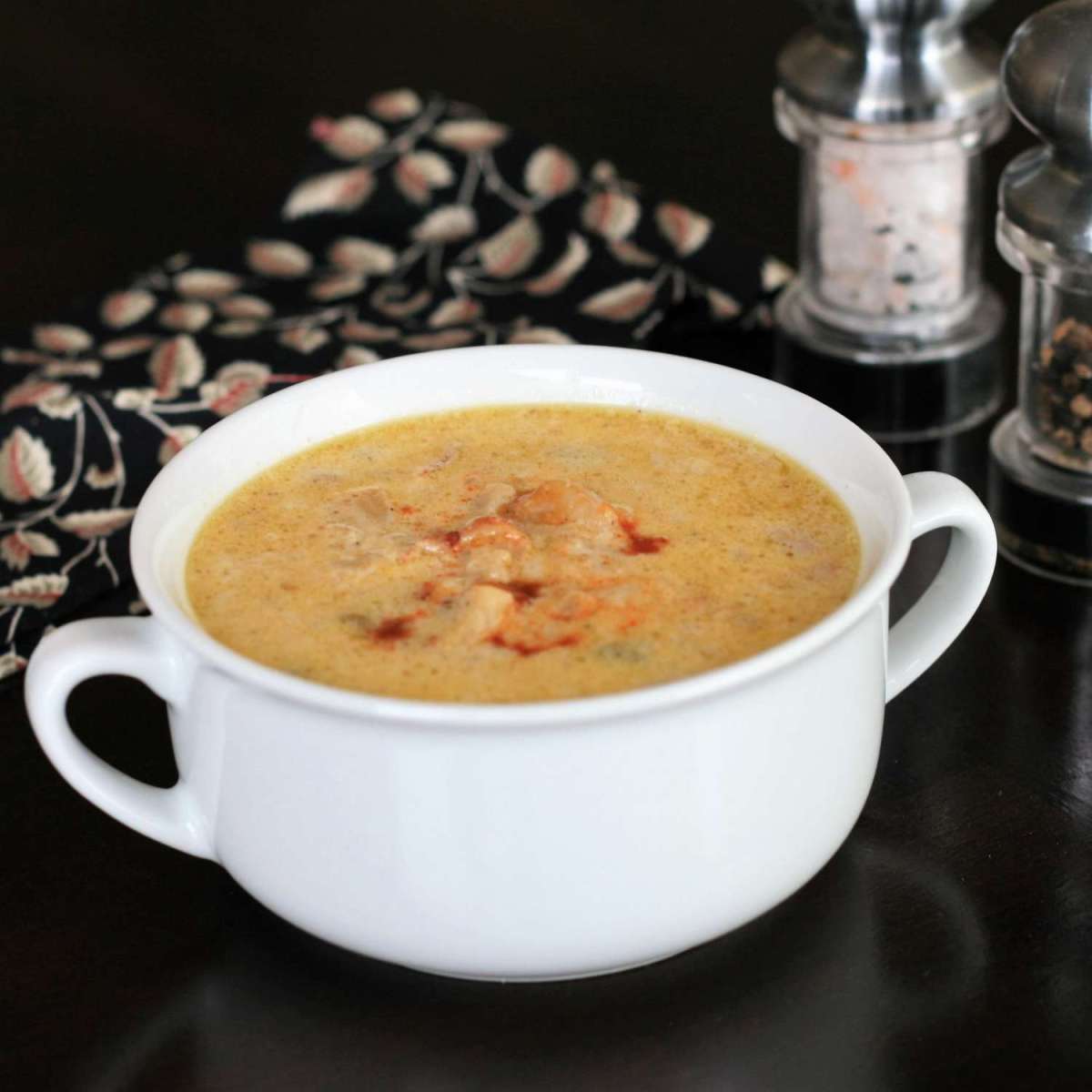Imagine a chilly afternoon, the aroma of simmering broth filling your kitchen. This isn’t just any soup; it’s a symphony of flavors, a vibrant tapestry of textures, all crafted with the health-conscious in mind. Dive into the world of easy, low-carb soups—a culinary adventure that satisfies both your taste buds and your wellness goals. Discover recipes that are quick to prepare, bursting with flavor, and surprisingly filling, perfect for a comforting and nutritious lunch.
This guide unlocks the secrets to creating delicious low-carb soups, from quick weeknight meals to make-ahead batches perfect for meal prepping. We’ll explore a variety of flavor profiles, providing you with the knowledge and inspiration to craft your own culinary masterpieces. Learn the best techniques for thickening your soups without compromising the low-carb aspect, and discover creative garnish ideas that elevate your presentation and overall dining experience. Get ready to transform your lunchtime routine with these satisfying and healthy soup recipes.
Creative Garnish Ideas for Low-Carb Soups

Elevating a simple low-carb soup from comforting to captivating involves thoughtful garnishing. The right garnish not only adds visual appeal but also enhances the soup’s flavor profile and texture, creating a more complete and satisfying dining experience. A sprinkle of herbs, a swirl of cream, or a scattering of nuts can transform a humble bowl of soup into a culinary masterpiece.
The key to effective garnishing lies in selecting ingredients that complement the soup’s base flavors and create a pleasing contrast in color, texture, and temperature. Consider the overall aesthetic and how the garnish will enhance the presentation. Avoid overpowering the soup’s flavor; instead, aim for a harmonious balance that elevates the entire dish.
Visually Appealing and Flavorful Garnish Options
A variety of low-carb ingredients offer exciting opportunities for visually appealing and flavorful garnishes. The following list explores several options, detailing their visual impact and how they interact with different soup flavors.
- Fresh Herbs: A scattering of finely chopped chives, parsley, or dill adds a pop of vibrant green to creamy soups like creamy tomato or chicken soup. The delicate, fresh flavors of herbs complement many soup bases without overpowering them. Imagine the bright green of parsley contrasting against the deep red of a roasted red pepper soup, or the delicate wisps of dill enhancing a creamy mushroom soup. For a more dramatic effect, consider larger herb sprigs arranged artfully on the surface.
- Avocado: Thinly sliced or diced avocado adds a creamy texture and a rich, buttery flavor to soups. The vibrant green of avocado creates a beautiful contrast against lighter-colored soups, particularly those with a broth-based foundation. Its richness complements the earthiness of vegetable soups or the heartiness of a chicken and vegetable soup. Picture the creamy green avocado slices nestled amongst the vibrant vegetables in a chicken tortilla soup (minus the tortilla!).
- Cheese: Grated Parmesan, shredded cheddar, or crumbled feta cheese adds a salty, savory element and a pleasing textural contrast. The color of the cheese can also add visual interest – the golden hue of Parmesan against a white cream soup, or the sharp white of feta against a darker broth. Consider the type of cheese carefully to complement the soup’s flavor profile. A sharp cheddar might be ideal for a hearty beef soup, while a milder Parmesan might suit a lighter vegetable soup.
- Nuts: Toasted slivered almonds, chopped pecans, or crushed walnuts add a crunchy texture and a nutty flavor that complements many soups. The color and shape of the nuts provide visual interest. Imagine the warm brown of toasted almonds against the pale yellow of a butternut squash soup, or the contrasting textures and colors of chopped pecans in a creamy cauliflower soup. Use sparingly, as too many nuts can overpower the soup.
Incorporating Garnishes Effectively
The art of garnishing lies in subtlety and precision. Avoid cluttering the soup with too many garnishes. Instead, focus on a few key elements that enhance both the visual appeal and the flavor profile. The placement of the garnish is also crucial. Consider the overall presentation and arrange the garnishes strategically to create a visually pleasing effect.
For instance, a swirl of cream can be used to add a touch of elegance to a simple tomato soup. A sprinkle of herbs can brighten up a pale broth, while a scattering of nuts can add a delightful textural contrast. Always consider the temperature of the garnish. Adding cold avocado slices to a hot soup will create a visually interesting temperature contrast. Adding the garnishes just before serving ensures they remain fresh and vibrant.
From creamy chicken to zesty seafood, the possibilities for delicious and healthy low-carb soups are endless. This guide has equipped you with the recipes, techniques, and inspiration to create a variety of flavorful and satisfying meals. Remember the importance of fresh, high-quality ingredients and the joy of experimenting with different flavor combinations. Embrace the convenience of meal prepping and the visual appeal of creative garnishes. So, grab your apron, gather your ingredients, and embark on a culinary journey filled with warmth, flavor, and the satisfying feeling of nourishing your body with delicious, low-carb soups.
Answers to Common Questions
Can I use frozen vegetables in low-carb soups?
Yes, frozen vegetables are a convenient and cost-effective option. Just be sure to thaw them before adding them to your soup to prevent it from becoming watery.
How long can I store low-carb soup in the refrigerator?
Most low-carb soups will last for 3-4 days in the refrigerator when stored properly in an airtight container.
Can I make low-carb soup in a slow cooker?
Absolutely! Slow cookers are ideal for developing rich and flavorful low-carb soups. Just adjust cooking times accordingly.
What are some good low-carb bread alternatives to serve with soup?
Consider cloud bread, zucchini bread, or cauliflower bread for a low-carb alternative.


